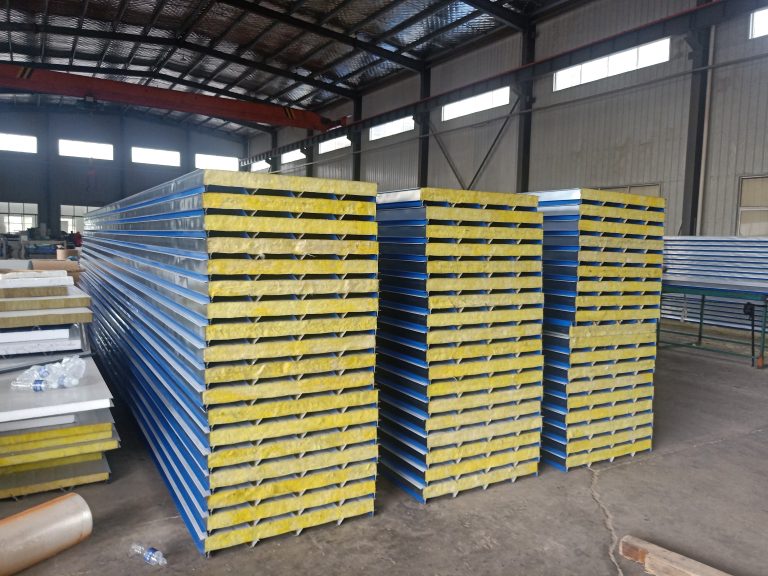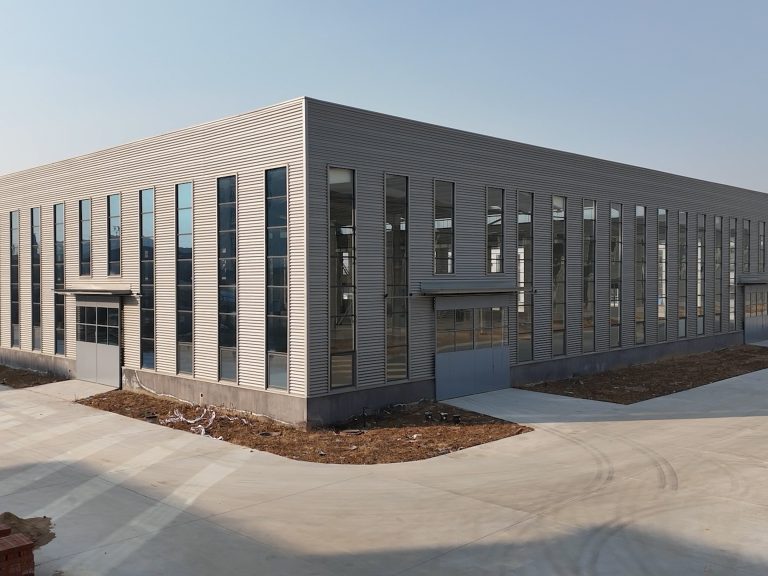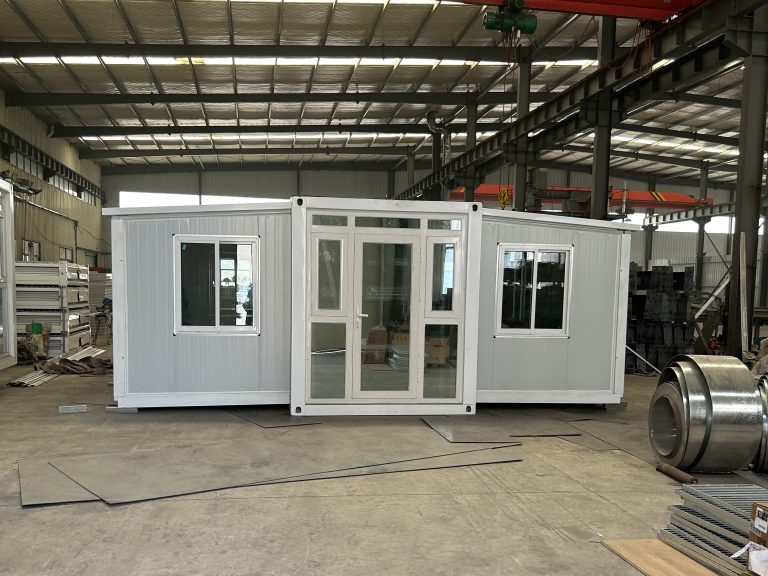Table of Contents
Benefits of Implementing IoT Technology in Steel Structure Construction
The construction industry is constantly evolving, with new technologies being introduced to improve efficiency, safety, and sustainability. One such technology that is revolutionizing the construction of steel structures is the Internet of Things (IoT). IoT technology involves connecting devices and sensors to the internet to collect and exchange data, enabling real-time monitoring and control of various processes. In the context of steel structure construction, IoT technology offers numerous benefits that can enhance the overall project outcomes.

One of the key benefits of implementing IoT technology in steel structure construction is improved efficiency. By connecting various devices and sensors to a central system, construction teams can monitor and track the progress of the project in real-time. This allows for better coordination of tasks, timely identification of issues, and quicker decision-making, ultimately leading to faster project completion. Additionally, IoT technology enables predictive maintenance of equipment and machinery, reducing downtime and increasing productivity on the construction site.
Another significant advantage of IoT technology in steel structure construction is enhanced safety. By installing sensors on equipment, tools, and even workers’ helmets, construction teams can monitor environmental conditions, detect potential hazards, and alert personnel in case of emergencies. This real-time monitoring and communication can help prevent accidents, reduce injuries, and ensure a safer working environment for all involved. Furthermore, IoT technology can also be used to track the movement of personnel and equipment on the construction site, enabling better coordination and minimizing the risk of collisions or other incidents.
In addition to efficiency and safety, IoT technology can also improve the sustainability of steel structure construction projects. By collecting and analyzing data on energy consumption, material usage, and waste generation, construction teams can identify opportunities for optimization and resource conservation. For example, sensors can be used to monitor the temperature and humidity levels in buildings, allowing for more efficient heating and cooling systems. Similarly, IoT technology can help track the usage of raw materials and identify areas where waste can be reduced or recycled, leading to a more sustainable construction process.
Furthermore, IoT technology can also enhance the quality of steel structure construction projects. By continuously monitoring and analyzing data from sensors and devices, construction teams can identify potential defects or deviations from design specifications early on, allowing for timely corrections and improvements. This proactive approach to quality control can help prevent costly rework, delays, and disputes, ensuring that the final structure meets the highest standards of safety, durability, and performance.
Overall, the application of IoT technology in intelligent construction of steel structures offers numerous benefits that can significantly improve project outcomes. From increased efficiency and safety to enhanced sustainability and quality, IoT technology has the potential to transform the way steel structures are designed, built, and maintained. By embracing this innovative technology, construction teams can streamline processes, reduce risks, and deliver projects that are not only cost-effective but also environmentally friendly and resilient. As the construction industry continues to evolve, IoT technology will undoubtedly play a crucial role in shaping the future of steel structure construction.
Future Trends and Challenges in IoT Application for Intelligent Construction of Steel Structures
The Internet of Things (IoT) technology has been revolutionizing various industries, and the construction sector is no exception. In recent years, there has been a growing trend towards the use of IoT in the intelligent construction of steel structures. This innovative application of IoT technology has the potential to significantly improve the efficiency, safety, and sustainability of construction projects.
One of the key benefits of using IoT technology in the construction of steel structures is the ability to monitor and control various aspects of the construction process in real-time. By equipping construction equipment, materials, and structures with sensors and actuators, construction companies can collect valuable data on factors such as temperature, humidity, pressure, and structural integrity. This data can then be analyzed to identify potential issues before they escalate, allowing for timely intervention and preventing costly delays and accidents.
Furthermore, IoT technology enables construction companies to optimize resource utilization and improve project management. By tracking the location and status of equipment and materials in real-time, project managers can ensure that resources are allocated efficiently and that construction schedules are adhered to. This level of visibility and control can help construction companies reduce waste, minimize downtime, and improve overall project performance.
Another significant advantage of using IoT technology in the construction of steel structures is the ability to enhance safety on construction sites. By deploying sensors to monitor environmental conditions, equipment operation, and worker behavior, construction companies can identify potential safety hazards and take proactive measures to mitigate risks. For example, sensors can alert workers to dangerous conditions such as high temperatures or toxic fumes, allowing them to take appropriate precautions to protect their health and safety.
In addition to improving efficiency and safety, IoT technology can also help construction companies reduce their environmental impact. By monitoring energy consumption, emissions, and waste generation, construction companies can identify opportunities to reduce their carbon footprint and adopt more sustainable practices. For example, sensors can be used to optimize energy usage in buildings, reduce water consumption on construction sites, and minimize waste through better recycling and disposal practices.
Despite the numerous benefits of using IoT technology in the construction of steel structures, there are also challenges that need to be addressed. One of the main challenges is the complexity of integrating IoT devices and systems into existing construction processes and workflows. Construction companies may need to invest in new infrastructure, training, and expertise to effectively deploy and manage IoT technology, which can be a significant barrier for some organizations.
Another challenge is the potential security risks associated with IoT technology. As construction companies collect and store large amounts of sensitive data on IoT devices and systems, they become vulnerable to cyber attacks and data breaches. It is essential for construction companies to implement robust security measures, such as encryption, authentication, and access control, to protect their data and ensure the integrity and confidentiality of their IoT systems.
In conclusion, the application of IoT technology in the intelligent construction of steel structures holds great promise for the construction industry. By leveraging IoT technology to monitor and control construction processes, optimize resource utilization, enhance safety, and reduce environmental impact, construction companies can improve their efficiency, productivity, and sustainability. However, to fully realize the benefits of IoT technology, construction companies must overcome challenges related to integration, security, and data privacy. With the right strategies and investments, IoT technology has the potential to transform the construction industry and drive innovation in the intelligent construction of steel structures.






